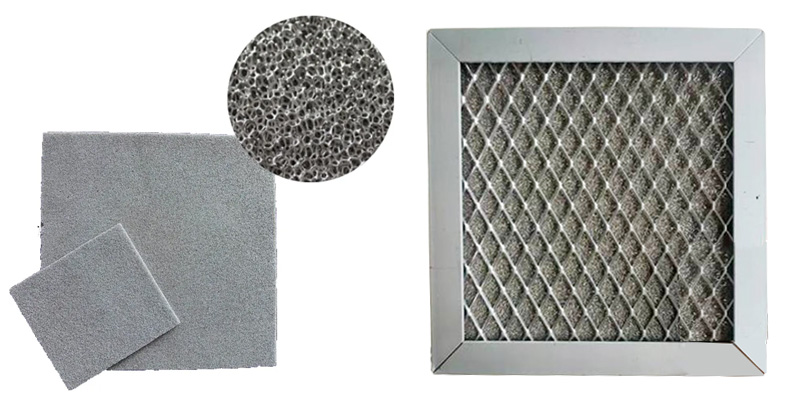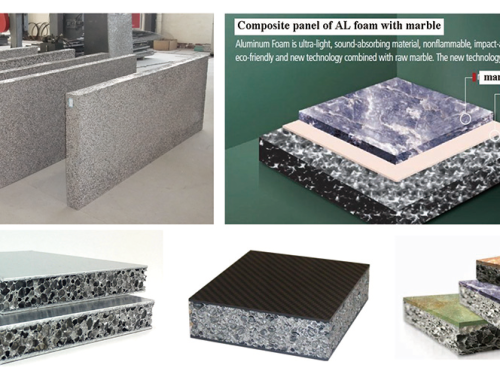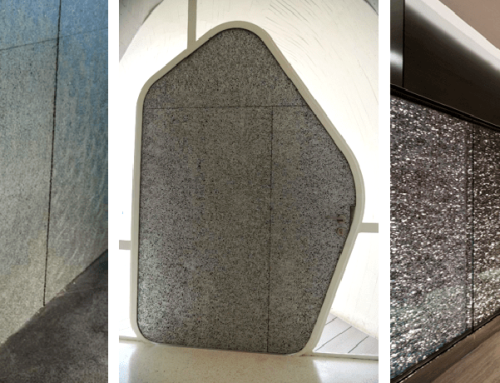Nickel foam batteries are a new type of battery technology in which catalyst carriers and electromagnetic shielding materials play an important role.
1. Catalyst carriers: In nickel foam batteries, catalyst carriers are used to enhance the efficiency of electrochemical reactions. Common catalyst carrier materials include carbon materials (e.g., carbon nanotubes, graphene), oxides (e.g., manganese dioxide, titanium dioxide) and precious metals (e.g., platinum, palladium). These carrier materials have high specific surface area and good electrical conductivity, which can provide more reactive sites and accelerate the electrochemical reaction, thus improving the energy density and cycle life of nickel foam batteries.

2. Electromagnetic shielding materials: the main role of electromagnetic shielding materials in nickel foam batteries is to block the interference of external electromagnetic radiation on the inside of the battery. These materials usually have good electrical and magnetic conductivity, which can absorb or reflect electromagnetic waves and reduce the electromagnetic interference to the battery system. Common electromagnetic shielding materials include metallic materials (e.g., copper, aluminum), conductive polymers, and graphite. They can be used as a shielding layer in the battery case or inside the battery to protect the inside of the battery from external electromagnetic radiation and to improve the stability and reliability of nickel foam batteries.
It is important to note that the exact catalyst carrier and electromagnetic shielding material to be used depends on the design requirements, performance goals, and cost considerations of the nickel foam battery. Different material choices may have different impacts on the performance of nickel foam batteries. Therefore, material selection and performance testing are required to determine the most appropriate combination of catalyst carrier and EM shielding material for practical applications.



